The water quantity, water temperature, water quality and water supply stability of the water source system are important factors affecting the operation effect of the water source heat pump system. When applying water source heat pump, the principle requirements for water source system are: sufficient water quantity, moderate water temperature, suitable water quality and stable water supply. Specifically, the water quantity of the water source should be sufficient to meet the needs of users for heating load or cooling load. If the water quantity is insufficient, the heating capacity and cooling capacity of the unit will be reduced, which will not meet the requirements of users. The water temperature of the water source should be moderate and suitable for the operating conditions of the unit. For example, when the GHP water source central air conditioning system in Tongfang, Tsinghua is in heating operation, the water temperature of the water source should be 12-22℃. In refrigeration operation, the water temperature of source water should be 18-30℃. The water quality of the water source should be suitable for the materials of system units, pipelines and valves, so as not to cause serious corrosion damage. The water supply guarantee rate of the system is high, and the water supply function has long-term reliability, which can ensure the long-term and stable operation of the water source heat pump central air conditioning system.
I. water source.
In principle, any water source whose water quantity and temperature can meet the needs of users for heating load or refrigerating load, and whose water quality does not cause corrosion damage to the unit equipment, can be used as the water source for water source heat pump system, which can be either a reclaimed water source or a natural water source.
1. Reclaimed water source.
Refers to the water sources such as urban domestic sewage, industrial wastewater, mine wastewater, oilfield wastewater and cooling water of thermal power plants that are discharged after artificial utilization but treated. Users who have the conditions to use renewable water sources can turn waste into profit, reduce initial investment and save water resources. But for most users, the alternative is the natural water source.
2. Water sources in nature.
Water in nature is distributed in the atmosphere, the earth's surface and crustal rocks, which are called atmospheric water, surface water and groundwater respectively. Surface water and groundwater on land are both from atmospheric precipitation.
Seawater in surface water accounts for about 96.5% of the total water reserves in nature. Coastal cities have the conditions to use seawater, and there are examples of using seawater as water source of heat pump in foreign countries. Some coastal cities in China have used seawater as industrial cooling water source for many years. In recent years, seawater has been used as heat pump water source in China, but it will take some time for seawater source heat pump technology to be put into practical use. Terrestrial surface water, i.e., river, lake and reservoir water, has lower salinity than seawater and groundwater, but contains more solid particles such as sediment, colloidal suspended solids, algae and other organic matters, and has higher sand content and turbidity, so it can be used as heat pump water source only after necessary treatment.
Groundwater refers to water bodies buried and transported in aquifers below the surface of the earth. Groundwater is widely distributed, its water quality is better than surface water, and its water temperature is smaller than surface water with climate change, so it is an ideal water source for central air conditioning.
3. Selection of water quantity and water source.
Water quantity is the key factor affecting the working effect of water source heat pump system. The amount of water required for a project is determined by the load of the project and the performance of the unit. The selected water quantity of water source should meet the load requirements. If all other conditions are met, but the water quantity is slightly insufficient, some auxiliary remedial measures can be taken to solve the gap. If the water quantity gap is large and cannot meet the load requirements, other schemes should be considered. As far as a specific project is concerned, it should be judged from the actual situation whether there is available water source. The site environment and hydrogeological conditions of different projects vary widely, and the available water sources are different, so the suitable water sources should be selected according to local conditions. When there are different water sources to choose from, they should be determined by technical and economic analysis and comparison.
II.water quality
Water in nature is in endless circulation, constantly contacting and interacting with environmental media such as atmosphere, soil and rock, which makes it have complex chemical composition, chemical properties and physical properties. When applying water source heat pump, we should not only pay attention to the quantity of water source, but also pay attention to the factors such as water temperature, chemical composition, turbidity, hardness, salinity and corrosivity. However, there is no relevant regulation on the water quality of water source heat pump at present. The data presented in this paper refer to the cooling water quality standard and some relevant regulations on groundwater recharge water quality.
1. temperature
Surface water temperature varies with seasons, latitudes and elevations. In the north of the Yangtze River and plateau areas, the surface water freezes in winter and cannot be used for heating. In summer, the water temperature is generally lower than 30℃, which can be used for refrigeration and air conditioning.
Groundwater temperature varies with the natural geographical environment, geological conditions and circulation depth. Near the surface, there is a variable temperate zone, and a certain depth below the variable temperate zone is a constant temperature zone, so the groundwater temperature is not affected by solar radiation. The depth of the constant temperature zone varies in different latitudes, and the water temperature ranges from 10 to 22℃. When the constant temperature zone is downward, the groundwater temperature increases with the depth, and the increase depends on the geothermal warming rate of different regions and lithology. The average geothermal warming rate in the crust is 2.5℃/100m, which is higher than this value, which is considered as geothermal anomaly. Geothermal fields can be formed in geothermal anomaly areas rich in groundwater. According to the statistics of 1997, more than 3,200 geothermal spots have been discovered in China, 130 geothermal fields have been developed and utilized, and 345 million m3 of geothermal water has been mined annually. At present, the temperature of water discharged by many geothermal users is relatively high (about 40℃). The application of water source heat pump can reuse the temperature difference of 30℃ in waste water and greatly improve the utilization rate of geothermal energy.
2. Sand content and turbidity.
Some water sources contain silt, organic matter and colloidal suspended matter, which makes the water turbid. High sand content in water source will cause wear and tear to the unit and pipe valve. Water with high sand content and turbidity used for groundwater recharge will cause aquifer blockage. The water used in water source heat pump system should have sand content less than 1/200,000 and turbidity less than 20mg/L .. If the plate heat exchanger is installed in the water source heat pump system, the particle size of solid particles in the water source should be less than 0.5 mm.
3. Chemical composition and properties of water.
Different ions, molecules, compounds and gases are dissolved in the natural water, which makes the water have chemical properties such as pH, hardness, salinity and corrosivity, which has certain influence on the material of the unit.
When the pH value of pH water is less than 7, it is acidic, otherwise it is alkaline. The water source pH value of water source heat pump should be 6.5-8.5.
The total amount of Ca2+ and Mg2+ in water is called total hardness. Hard, easy to scale. CaO content in source water of water source heat pump should be < 200mg/l.
Mineralization The total amount of various ions, molecules and compounds contained in unit volume of water is called total salinity, and the salinity of source water used in water source heat pump system should be less than 3g/L..
Cl-, free CO2, etc. in corrosive water are corrosive, and the existence of dissolved oxygen increases the corrosive damage to metal pipes. When applying the water source heat pump system, the corrosion-resistant stainless steel heat exchanger or titanium plate heat exchanger should be installed in the water source with high corrosivity and hardness.
III. Water intake structures.
To supply water from the water source to the water source heat pump room, water intake structures need to be built. According to different water sources, water intake structures can be divided into surface water intake structures and groundwater intake structures.
1. Surface water intake structures.
According to the structural form, surface water intake structures can be divided into movable and fixed types. The movable surface water intake structures include floating boats and movable cable cars. Fixed surface water intake structures are commonly used, which have many types, but generally include water inlets, aqueducts (or horizontal collecting pipes) and collecting wells. The surface water intake structures are greatly affected by water flow, velocity and water level, and the construction is complicated, so the construction scheme should be selected according to specific conditions.
2. Groundwater intake structures.
Groundwater intake structures include tube wells, large wells, combined wells, radiation wells and seepage canals, etc. Table 1 lists the types and application scope of groundwater intake structures [1]. In practical engineering, different forms should be selected according to different groundwater depth, aquifer thickness, water yield and technical and economic conditions.
3. Tube well
The most common type of groundwater intake structure is tube well, which is generally composed of borehole, casing pipe, filter tube and grit chamber pipe. The well is drilled by drilling machine, and the casing pipe is installed at the non-aquifer to support the wall of the well and prevent it from collapsing. The surrounding of the well pipe and orifice is sealed with impervious materials such as clay or cement to prevent the infiltration of surface sewage. The filter tube is installed at the aquifer, and its main function is to filter water and retain sand besides the function of casing pipe. The bottom of the well is a sand settling pipe, which is used to deposit sediment in water and prolong the service life of the pipe well.
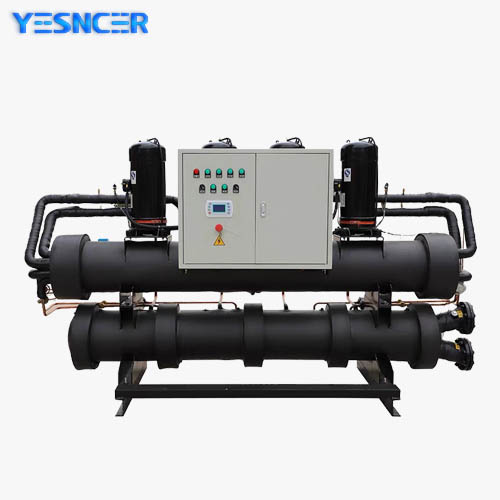

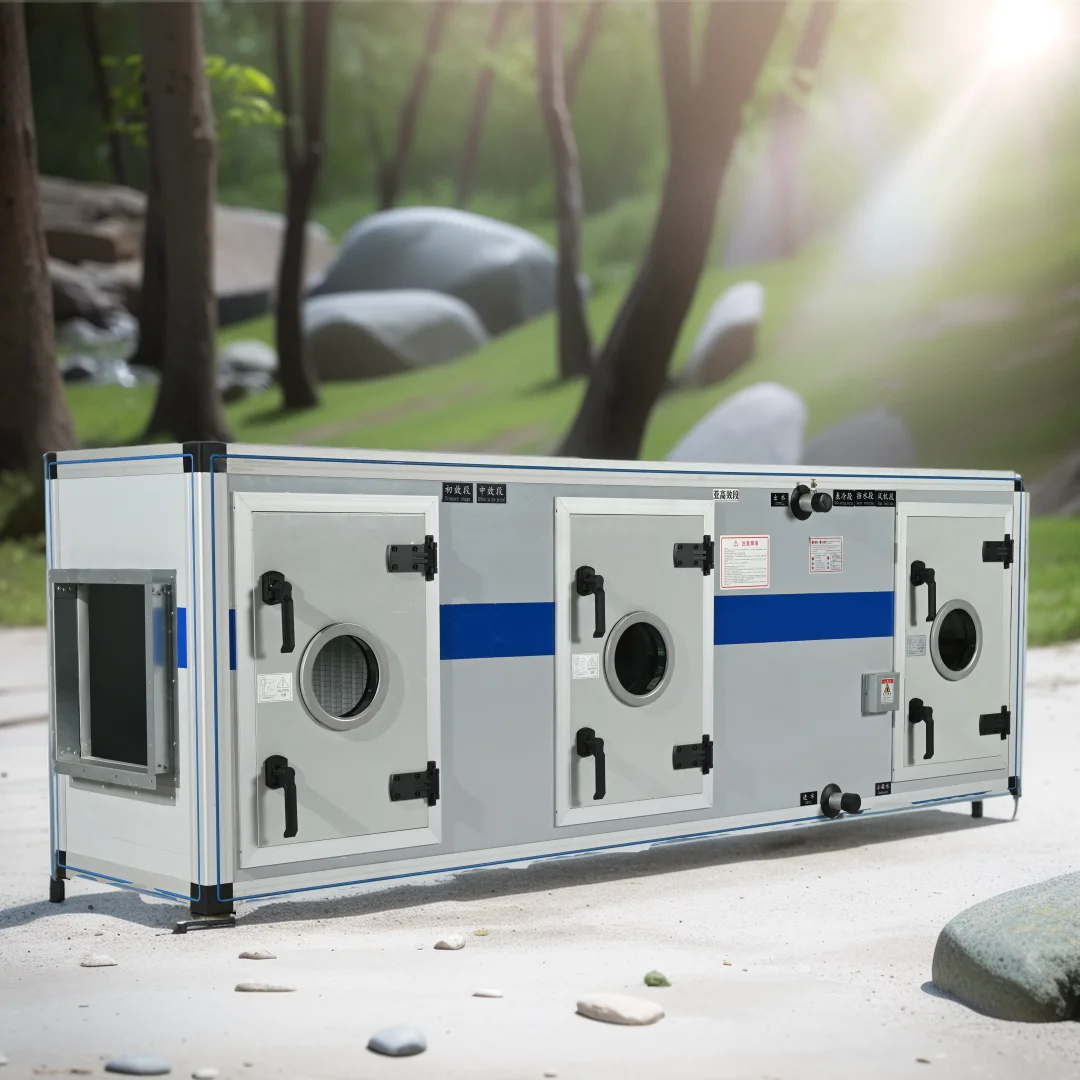 Water source rooftop chiller unit part in HAVC
Water source rooftop chiller unit part in HAVC
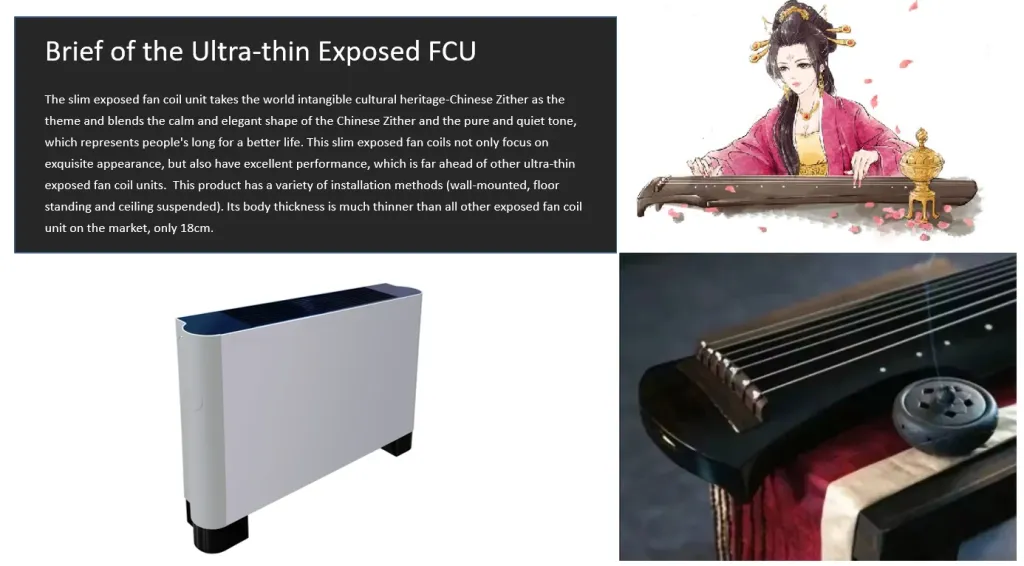 The quietness and efficiency of Guqin series Horizontal Ultra-Thin Concealed fan coil units
The quietness and efficiency of Guqin series Horizontal Ultra-Thin Concealed fan coil units
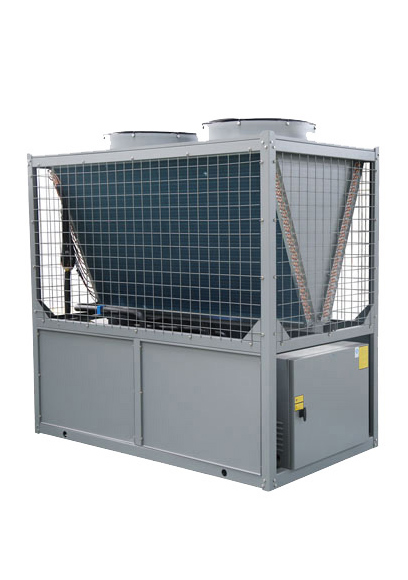 Ultra-low temperature air source heat pump principle and core technology
Ultra-low temperature air source heat pump principle and core technology
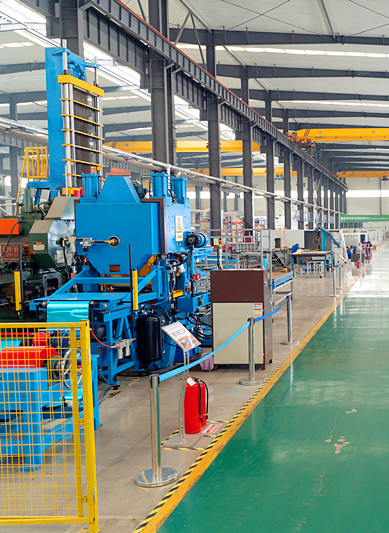 Fan Coil Unit Selection And Product Advantages
Fan Coil Unit Selection And Product Advantages